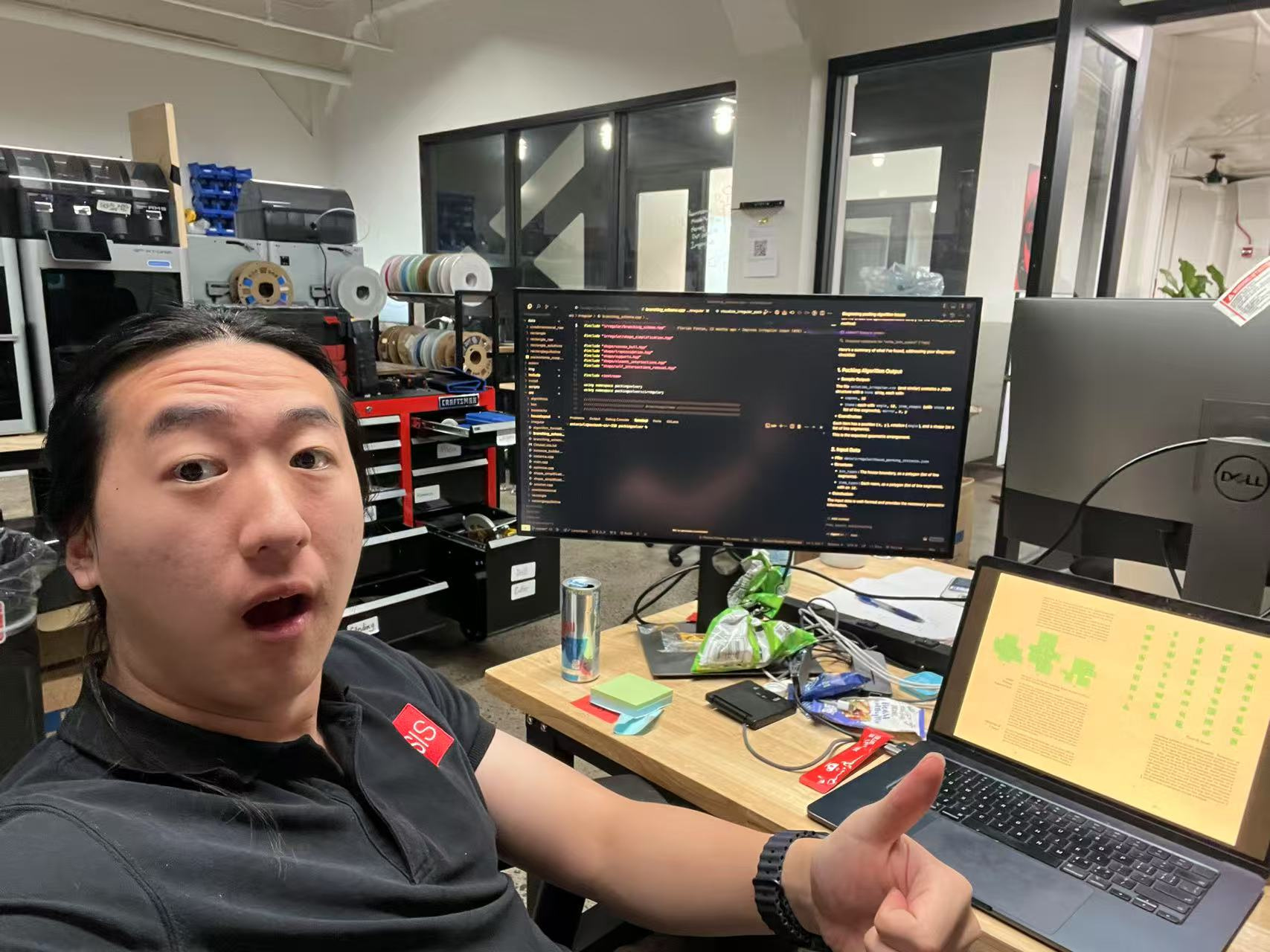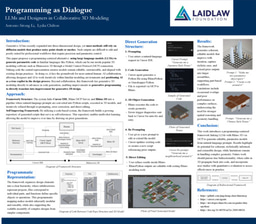What new ideas, challenges, or other issues have you encountered with regard to your project (this might include data collection, information that contradicts your assumptions or the assertions of others, materials that have enriched your understanding of the topic or led you to change your project, etc.)? How have these ideas or challenges shaped the bigger picture of your research? Has the scope or focus of your topic changed since you began this project? If so, how?
Lately, I’ve been meeting with more people in the field and reading a lot of books and academic papers related to my research. One book that’s really changed the way I think is "A Pattern Language" by Christopher Alexander, an architecture professor from Berkeley. In it, he breaks down a series of design “patterns” that define what makes a space feel good to be in. These patterns range from small things like where to place windows, to bigger ideas like how buildings should relate to streets or public squares. It’s not about rules, but more about what feels natural and intuitive in how people actually live.
This has shifted the way I think about my project, which focuses on generating architectural spaces. At first, I was mainly focused on the data side of things—metrics like how many people a room can seat, how much sunlight it gets, or how many apartments you can fit on a floor. But now, I’m thinking more about how these spaces support real lifestyles. Can they reflect the way someone wants to live? Can they feel warm, open, private, social—whatever someone might need?
It’s definitely expanded the scope of my work. I’m starting to explore how design tools and algorithms can consider not just efficiency, but also the human experience. It’s a harder problem to solve, since these things are subjective, but it also feels more meaningful. My research is starting to move toward not just generating functional buildings, but ones that actually feel good to live in.
Where does your research take place--or where is a favorite place to conduct your research? Post a photo!


Please sign in
If you are a registered user on Laidlaw Scholars Network, please sign in
Very cool -- I love that you're focusing your model on the aesthetic and emotional side of architecture as well as the mechanical side. There's no doubt the former is harder for a machine to wrap its head around, so I appreciate the challenge you're taking on. I don't know much about computers, but I'm still definitely curious as to how you're teaching a machine to have an aesthetic sense.